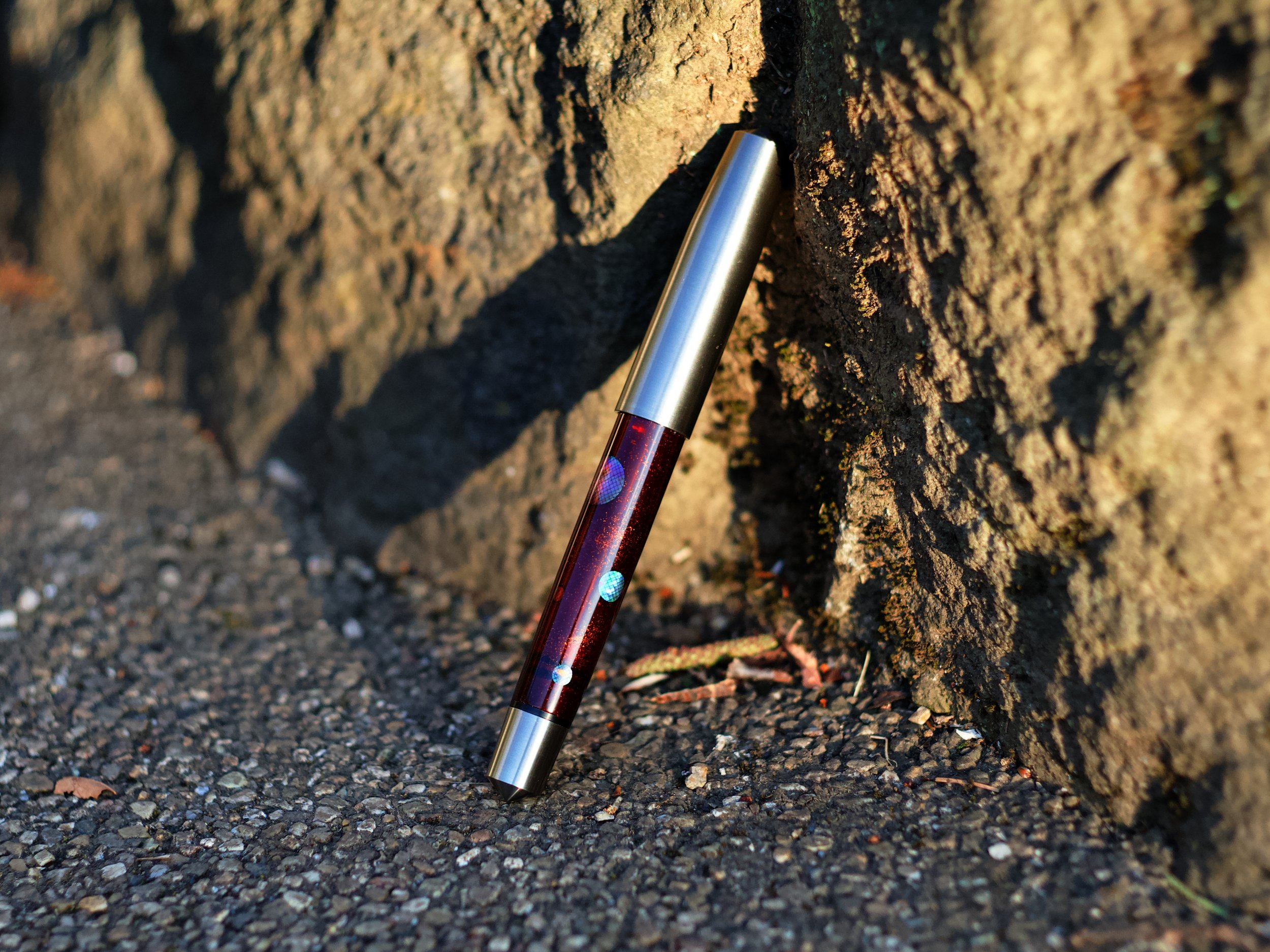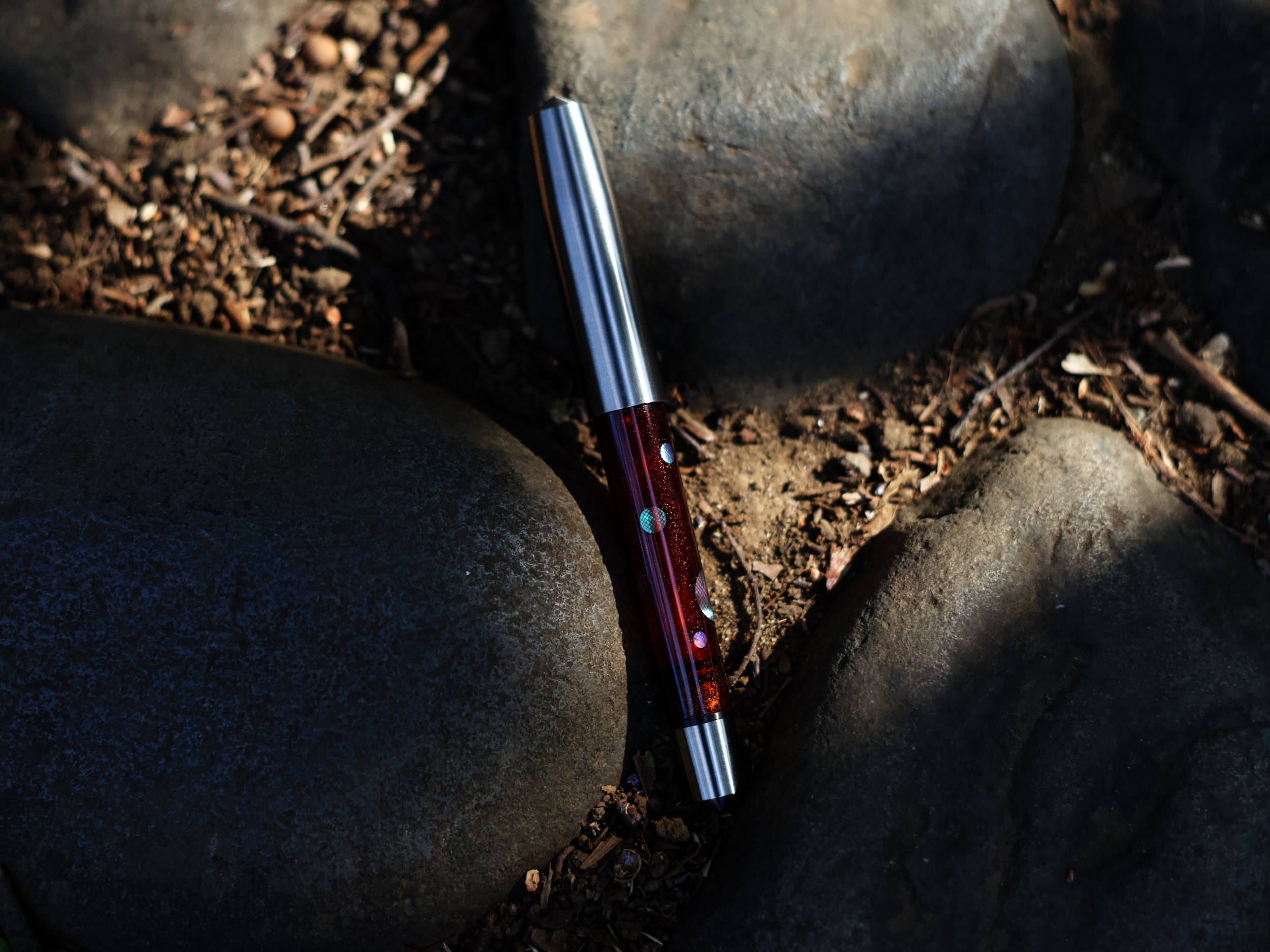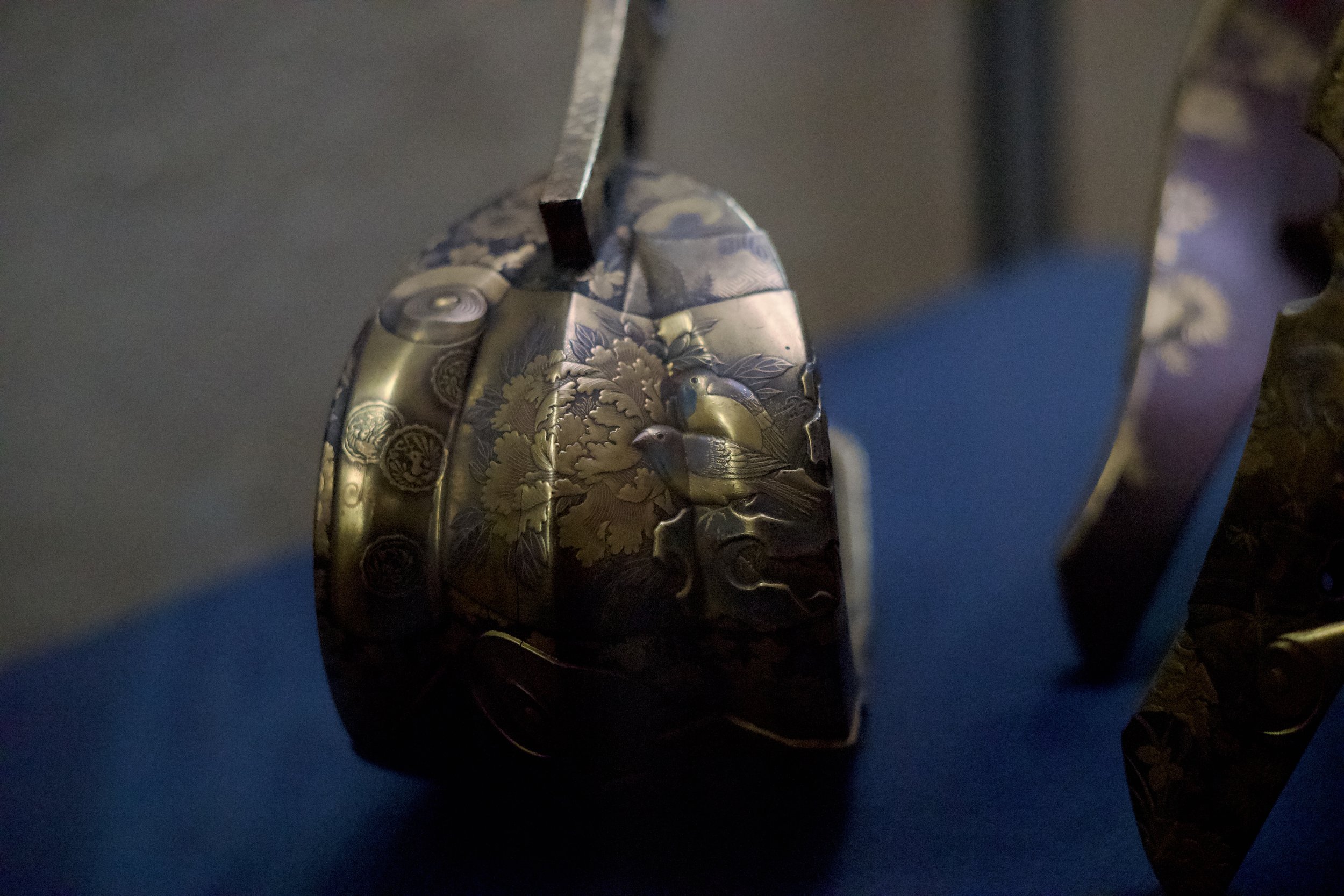Urushi, Maki-e, and Kintsugi: A Beginner’s Guide to Japanese Lacquer Art
Maki-e Saddle with Flower and Bird Design, Tokyo National Museum
Urushi is a natural resin derived from the sap of the lacquer tree (Toxicodendron vernicifluum), which has been used for thousands of years as a protective coating and also as a medium for art and decoration.
Different techniques using urushi have emerged across the centuries and continue to be practiced today, each with its own unique characteristics. In this post we highlight the similarities and differences between Urushi Lacquerware, Urushi-e painting, Maki-e, and Kinstugi.
What is Urushi Lacquerware?
Urushi Lacquerware, known in Japan as shikkii (漆器), broadly refers to the application of urushi to create functional objects, such as tableware and furniture. It also serves as a foundational technique for more decorative methods like Urushi-e and Maki-e.
Lidded Black Lacquerware Soup Bowls, 16th to 17th Century, Mitsui Memorial Museum
Urushi Lacquerware was developed out of a need to protect items from everyday use, and prolong the lifespan of these objects. It began as a simple coating to cover wooden objects, often featuring plain colors such as transparent, black, or red finishes. Over time this began to incorporate more colorful and decorative techniques such as Kawari-nuri, Tsugaru-nuri, and Raden Inlay, amongst many other techniques
Other advanced techniques like Urushi-e and Maki-e were later developed allowing for the expression of intricate and artistic designs.
Blue Kawari-nuri lacquerware cup by Chen Ming Zhong, Richu Lacquer Art
Urushi-e (漆絵)- Lacquer Painting Using Colored Urushi
Urushi-e (漆絵) specifically refers to painting or decorating surfaces with detailed designs using colored urushi lacquer. The difference between Urushi Lacquerware and Urushi-e lies in the artistry and fine details, which requires greater control over brushwork and design elements.
Colored urushi is made by mixing pigments into transparent urushi, allowing artists to paint intricate designs onto the lacquered surface. The designs can be left raised on the surface, similar to Maki-e, or covered with additional layers of urushi and sanded back to reveal the final artwork.
This technique is commonly used to decorate boxes, trays and other lacquerware items and often reflects the artist’s individual style. It has also been widely adopted as a form of contemporary art painting and art display pieces. While Urushi-e can be considered similar to oil painting, the curing process of colored urushi is more complex and time-consuming. The ability to layer translucent urushi over existing layers also creates a unique depth that can only be fully appreciated in person. Urushi-e is commonly used together with other urushi lacquer techniques to create incredible works of art.
Urushi-e Chopsticks with Seahorse and Coral Design by The Wajima, Senshudo Japan
Maki-e (蒔絵) - The Intricate Art of Gold and Silver
Maki-e (蒔絵), or “sprinkled picture”, is a decorative technique that uses powdered metals (typically gold and silver) sprinkled onto wet urushi. The urushi lacquer acts as an adhesive, embedding the metal powders to create elaborate and luxurious designs.
Both Urushi-e and Maki-e involve painting detailed artwork onto an urushi lacquered surface, enhancing the object's design. However, Maki-e is distinguished by its use of metal powders, which adds complexity to the process. Various types of metal powders are used in combination to create different effects.
Maki-e Saddle with Flower and Bird Design, Tokyo National Museum
Maki-e is often used to decorate high-end luxury objects such as fountain pens, watches, and tea ceremony items. This creates a beautiful metallic luster that can only be achieved using this technique, and can resemble metalwork due to its incredibly smooth and shiny finish.
Advanced Maki-e works require highly skilled artisans in order to achieve the fine and intricate details that it is well known for. It is considered one of the most sophisticated and challenging urushi techniques to master, often taking several months to more than a year to complete, requiring careful sanding and polishing to achieve a perfect finish.
Maki-e Inkstone Box with Phoenix by Matsuda Shokan https://www.makieshi.com/gallery/box
Kinstugi (金継ぎ) - The Art of Repairing Broken Ceramics
Kintsugi (金継ぎ), meaning "gold joinery," refers to the art of repairing broken ceramics. The cracks or breaks in the ceramic are filled in with urushi mixed with various substrates to create a thick adhesive. It is a common misconception that the gold powder is mixed with the urushi lacquer to fill in the cracks, however this would be extremely costly and impractical. Instead, once the base layers of urushi have fully cured, the lines are highlighted using the Maki-e technique where gold or silver powder is sprinkled onto a thin layer of urushi.
This act of restoring broken or damaged ceramics emphasizes the philosophy of wabi-sabi, celebrating imperfections as part of the object's history and transformation into a new piece of art. Other finishes such as raden or eggshell inlay, or using colored urushi patterns can also be incorporated into the repairs.
Kinstugi is an important part of Japanese culture, as it embraces the idea of breathing new life into broken objects, and continuing its life in a different form.
Kinstugi by Matsuda Shokan https://www.makieshi.com/gallery/kintsugi
The differences between the techniques are summarized here:
| Technique | Focus | Materials Used | Primary Use |
|---|---|---|---|
| Urushi Lacquerware | Functional lacquerwork | Transparent Urushi, Black or colored Urushi | Durable protective coating for objects, Foundation work for Urushi-e and Maki-e |
| Urushi-e | Painted designs | Colored urushi | Illustrative decoration |
| Maki-e | Painted designs with precious metals | Urushi, gold, silver powder | Luxurious, intricate designs |
| Kinstugi | Repair and transformation | Urushi, clay powder, gold, silver powder | Restoring and enhancing broken ceramics |
Shared Heritage, Distinct Artistry
While Urushi Lacquerware, Urushi-e, Maki-e, and Kinstugi all share techniques using urushi, their artistic expressions are distinct from each other. This versatility is a fascinating feature of urushi, which will be further explored in other articles.
Kyuseido Kakari FS: Hoshikage Lost Planets by Urushi Notes
Learn More about our Urushi Collections:
MAki-e Workshop in Tokyo:
松田祥幹 蒔絵・金継ぎ教室:
松田正観先生は、三代続く蒔絵師の家系に生まれ、東京を拠点に蒔絵作家兼講師として活 動しています。海外からのお客様向けに、2時間の平蒔絵体験ワークショップ(英語)を定期的に開催しています。また、本格的な蒔絵レッスンも開催しています。詳しくは、教室のサイトやインスタグラムページから松田先生にお問い合わせいただけます。
ウェブサイト:https://www.makieshi.com/
インスタグラム:https://www.instagram.com/makie_school_ginza/
Matsuda Shokan is a third-generation Maki-e artist and instructor based in Tokyo. He regularly holds two-hour Hira Maki-e workshops (in English) for overseas visitors, and also holds full-scale Maki-e lessons. For more information, you can contact Matsuda Shokan on his website or Instagram page.
Website: https://www.makieshi.com/
Instagram: https://www.instagram.com/makie_school_ginza/
Learn More:
Additional Resources:
Urushi-e: 八雲塗 絵師|山本漆器店
Maki-e: 京蒔絵
Urushi-e and Maki-e: [Japanese craftsmanship] 4 scenes of making URUSHI products (YAMADA HEIANDO, Royal Warrant Holder)
Tsugaru-nuri: #160 津軽塗 塗師 小林 正知 | 明日への扉 by アットホーム














